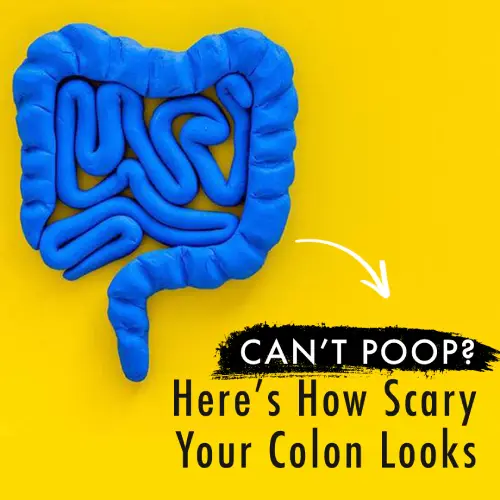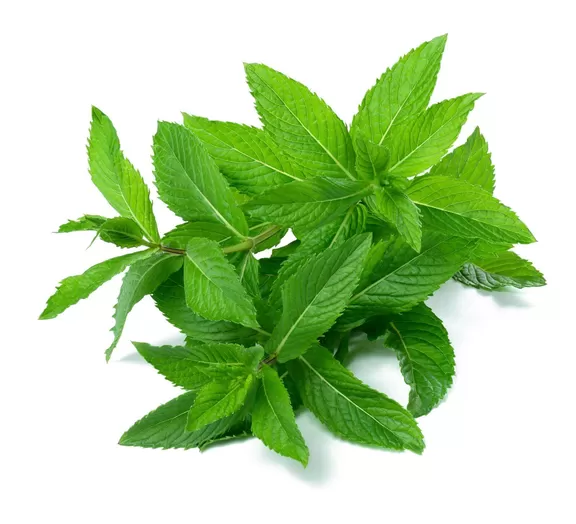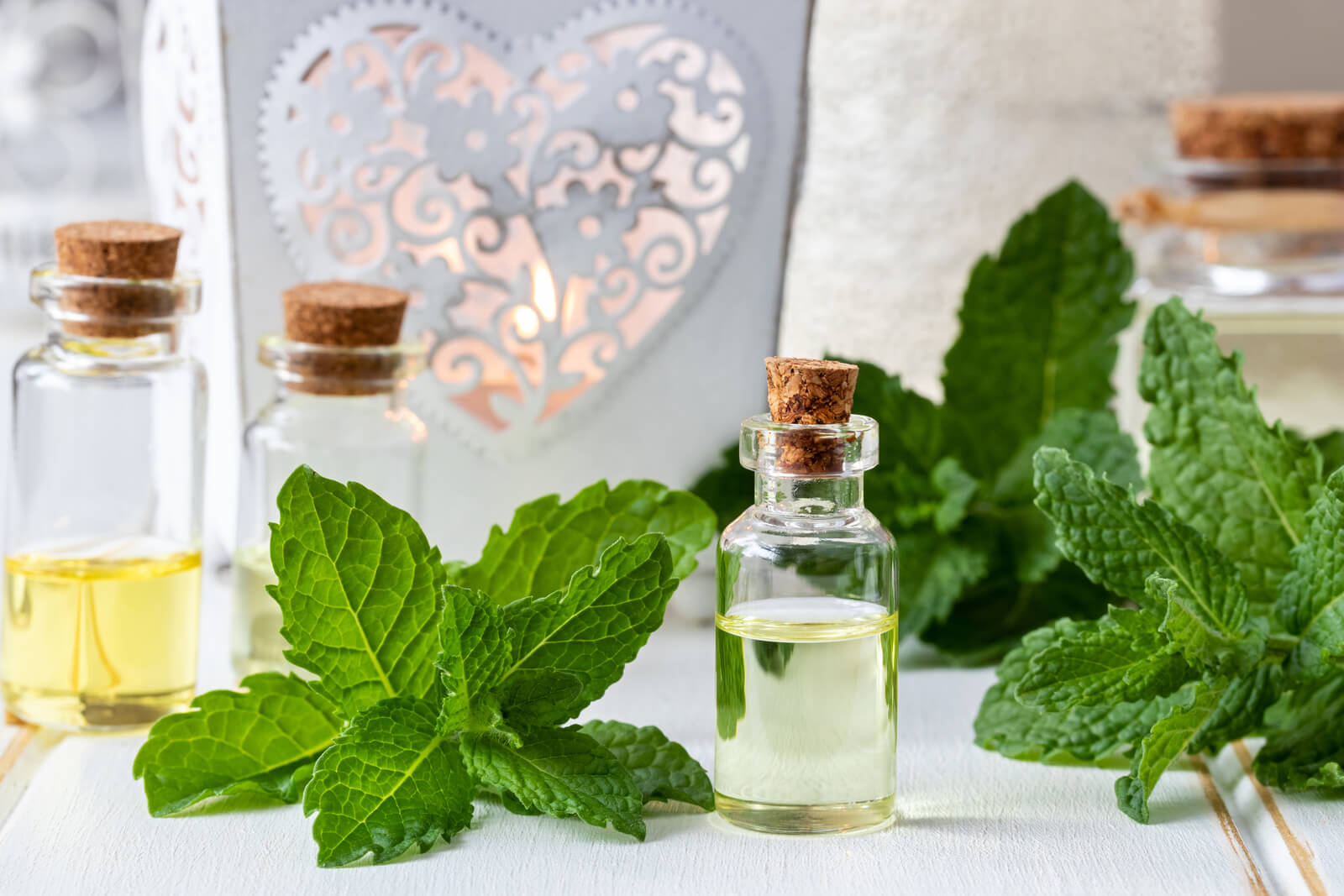
Peppermint (Mentha piperita) is a very popular herb that is used for a variety of medicinal purposes. But can it help treat hemorrhoids? The answer is to some extent. Peppermint essential oil is probably your best preparation type for treating hemorrhoids. Peppermint oil can help with hemorrhoids in three primary ways:
- It can reduce inflammation
- It can help heal damaged anal skin
- It is a natural pain reliever
Beyond these three functions, peppermint cannot help much. It is possible that peppermint might be able to stymie itchiness due to its analgesic (pain relieving) ability and the cooling sensation of the menthol in peppermint oil. But, the primary way hemorrhoids are going to benefit from peppermint might be by the reduction of inflammation.
If I had developed a case of hemorrhoids, I would only resort to peppermint to help ease any pain or itching I might be experiencing. I would rely primary on witch hazel (filled with astringent tannins) and herbs that improve vein function like butcher’s broom—as hemorrhoids are essentially varicose veins of the anus.
So, if you have a case of hemorrhoids, and are seeking some natural solutions to this problem, I would suggest going with more efficacious, well established herbal treatments for this condition in lieu of peppermint.
You might want to reach for peppermint essential oil when you have bleeding hemorrhoids that need wound healing, want pain (or itch, this might be especially important for healing hemorrhoids) relief, or need some added anti-inflammatory efficacy.
The next sections of this article will focus primarily on discussing the 3 aforementioned primary ways peppermint can help with hemorrhoids. There are several studies cited, and it should provide you with a fairly comprehensive idea of what peppermint can do for this very common rectal problem!
How to Use Peppermint Oil for Hemorrhoids
Since the anal area is sensitive skin, you may want to try a 1:5 dilution of peppermint essential oil with a carrier base such as coconut oil. You should probably try doing a patch test first on your forearm with a tiny amount of pure peppermint oil. Simply place a drop of oil on your skin and cover it with a band aid and let it sit for a few hours.
If you do not see any adverse reaction to the peppermint oil you can be more confident that using it in a more sensitive area will not result in any allergic or adverse reactions.
You can always strengthen the concentration of essential oil you use in your carrier base; but, it is probably wise to start with a weak concentration.
Naturally Treat Hemorrhoids in 48 Hours
Jessica Wright’s unique 5-step, all-natural approach to hemorrhoid treatment delivers permanent relief. Heal hemorrhoids in 48 hours, and eliminate the root cause in 30 to 60 days.
Benefit from Jessica’s 12 years of research; her book is backed by a 60 day, 100% money back guarantee.

Peppermint and Wound Healing
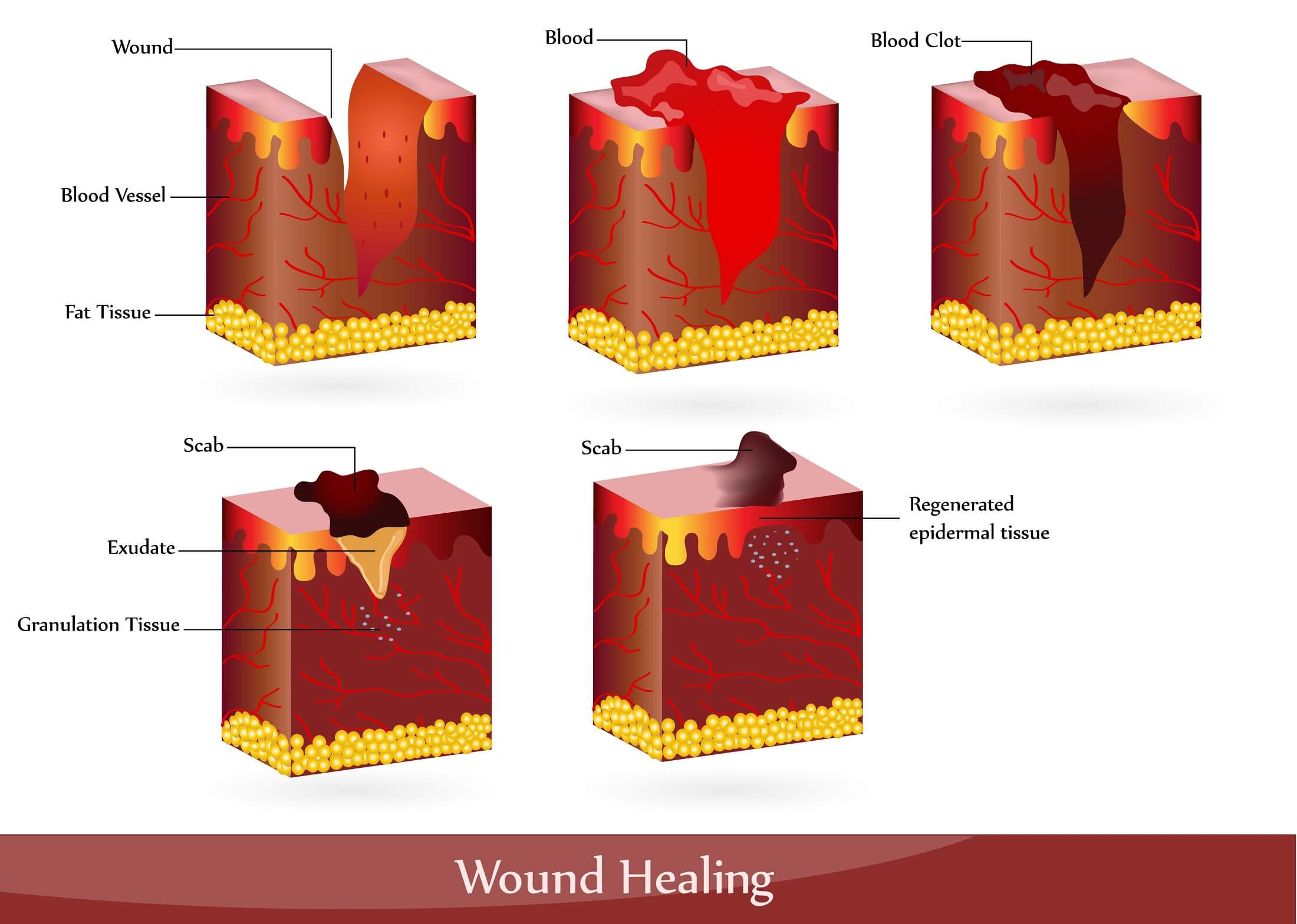
The 2020 study in the European Journal of Biological Research,(source 1) which we will cite several times, also looked at how peppermint could act as a wound healer. The study used Algerian peppermint essential oil with a menthol content of 53.29%.
To do this the study made incision wounds on rats and mice after anesthesia was applied. Peppermint essential oil was put into a cream at 0.5% weight / weight and used as a treatment for the wounds. Along with the peppermint oil, the drug Madecassol® (which contained gotu kola extract as an active ingredient), was also tested.
The study found that peppermint oil has significant wound healing activity. The significant wound healing ability was observed between the 6th and 9th days of treatment. Peppermint oil helped new epithelial skin to form as well.
The chart below, which was taken from this study, shows the results of the wound closure experiment. Peppermint oil is indicated by the black bar.
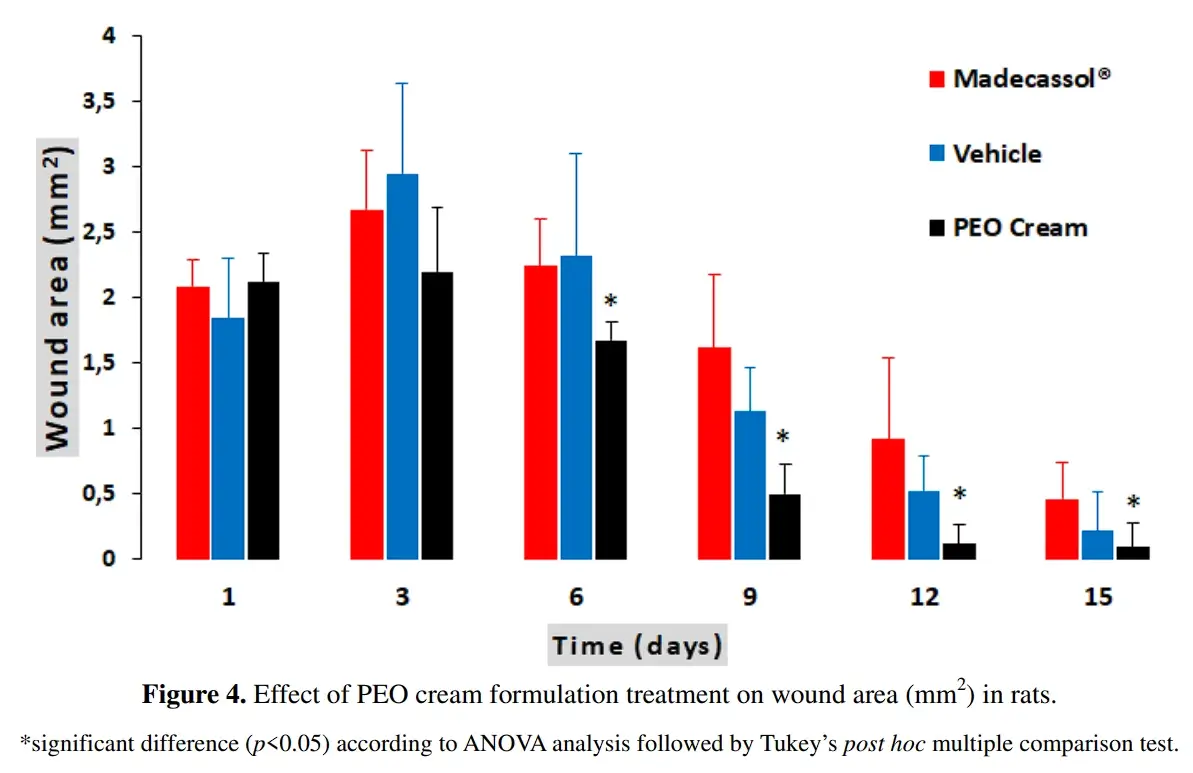
Effect of PEO cream formulation treatment on wound area (mm2 ) in rats. Asterisks (*) indicate statistically significant difference (p < 0.05) according to ANOVA analysis followed by Tukey’s post hoc multiple comparison test.
The red bar indicates the drug Madecassol®, the blue bar indicates un-medicated drug vehicle, and the black bar indicates peppermint oil.
Image is copywrited under a Creative Commons Attribution 4.0 International Liscense.
Image was sourced from: Kehili, Sarah, et al. "Peppermint (Mentha piperita L.) essential oil as a potent anti-inflammatory, wound healing and anti-nociceptive drug." European Journal of Biological Research 10.2 (2020): 132-149.
A 2019 study, published in Colloids and Surfaces A,(source 2) looked at how peppermint essential oil would influence wound healing. The study made wounds on mice and infected these wounds with Staphylococcus aureus and Pseudomonas aeruginosa bacteria. The wounds were then treated with Mupirocin® (a topical antibiotic drug; one brand name: Bactroban), peppermint oil, or peppermint oil in specialized nanostructured lipid carriers.
The study found that the peppermint oil by itself significantly decreased the wound area during the healing process compared to untreated controls. Also, the peppermint oil significantly reduced the total bacterial count compared to controls on all tested days after receiving the wounds.
Peppermint oil performed better at wound healing than Mupirocin®. And, the nanostructured version of peppermint oil performed about the same as the regular peppermint oil.
A 2022 study in the World Journal of Plastic Surgery(source 3) explored how peppermint could be used to help improve the wound healing process.
To perform their experiment, the study used rats and made a 1.5 cm by 1.5 cm on the rats. The rat wounds were then treated with peppermint and Vaseline, peppermint only, or Vaseline only. The wound size on the animals was evaluated at 4, 7, 10, and 14 days.
By day 14 the rats that received peppermint and Vaseline had radical healing, with a wound size of just 0.006 cm2. The control group that did not receive any treatment had a wound size of 1.08 cm2 by day 14; and, the rats given just Vaseline had a wound size of 0.742 cm2 at day 14. Healing for all three treatment groups was somewhat similar up to day 10.
The study also states that the expression of the Transforming growth factor-β (TGF-β) gene is an important factor in wound healing. The study found that peppermint increases the expression of the TGF-β gene.
Additionally, the study found that peppermint reduces the time of the inflammatory wound healing phase. The inflammatory phase of wound healing is the 2nd stage of wound healing, following blood coagulation and the stopping of bleeding. The inflammatory phase is focused on creating an immune barrier to defend against invading pathogens.(source 4)
Peppermint is also valuable in the next phase of wound healing known as the proliferation phase. Peppermint helps new blood vessels to form and helps to build granulation tissue (new connective tissue that is created on the surface of a wound).
The study concluded with the following remarks:
According to histologic measures, gene expression amount wound diameter and healing percentage topical use of M. piperita essence is effective in rats’ cutaneous open wound healing. It shortens the inflammatory phase, deepens the granulated tissue, helps with angiogenesis, causes the proliferative phase to start sooner, and finally accelerates wound healing.
World Journal of Plastic Surgery [11.1 (2022): 86]
A 2022 study in Polymer Bulletin(source 5) investigated various hydrogel mixtures for treating infected burns on rats. Two of the experimental treatment gels contained peppermint.
The study used albino rats, which were anesthetized, and then second degree burns were given to them. The burns were then infected with Staphylococcus species bacteria.
After the wounds were made, the rats were treated with different natural polymers (a polymer is one large molecule, plastic is an example of a polymer). The study used chitosan (a sugar made from chitin which helps blood to clot when placed on wounds) and mixed it with just peppermint (CP), just guar gum (CG), or a combination of peppermint and guar gum (CPG).
The amount of wound contraction was assessed daily after treatment. The study found the CG and CPG mixtures revived the surfaces of the wounds better than the other remedies. On the 22nd day of evaluation CPG had closed the wound 88.7% compared to the control animals (which received only Vaseline gauze) that had 77% wound closure.
The study concluded by stating that the CPG hydrogel formulation significantly improved the wound healing process, epidermal regeneration, granulation, angiogenesis, and reduced healing time. The hydrogels were then suggested as candidates for infection fighting and wound therapy.
This study goes to show that there may be a healing synergy created when more than one herb is used to treat a wound. So, keep that in mind for hemorrhoids, try mixing peppermint with other herbs that heal wounds.
Samuel Bart’s Digestive Health Solution
Samuel Bart has always been passionate about plants and their ability to keep us healthy. He has put together some of the best natural ways that could help anyone support a healthy digestive system.
Samuel perfected an easy, yet powerful formula, which consists of amazing ingredients. Bart’s supplement is backed by a ironclad 60-day, money back guarantee.

Peppermint for Pain Relief

Many studies refer to pain relieving effects by the scientific term analgesic. A few studies have been conducted with peppermint oil that seem to give a good idea as to the analgesic effects of this herb.
The 2020 study in the European Journal of Biological Research(source 1) investigated the analgesic ability of peppermint essential oil.
The pain relieving ability of peppermint oil was assessed using an acetic acid (acetic acid is the same acid in vinegar) writhing test. A solution of acetic acid was injected into rodents and the writhing it induced was measured over a period of ten minutes. Peppermint oil was administered orally at doses of 2, 20 and 200 microliters / kg of body weight 30 minutes before acid injection.
The study found that the peppermint oil showed significant pain reducing ability in a dose-dependent manner. Peppermint oil was able to reduce the number of writhes at all three of the tested doses. These results were similar to the reference drug Phloroglucinol (brand name Flospan; a smooth muscle relaxant used as an antispasmodic).
Peppermint oil at doses of 2, 20, and 200 microliters / kg produced 22.87%, 28.53% and 32.13% pain relieving activity, respectively.
A 1998 study in the Journal of Ethnopharmacology(source 6) is one study that did two different tests on mice to determine how various herbs would influence pain response; and, one of these herbs was peppermint.
One experiment this study performed involved giving the mice peppermint orally and then 30 minutes later injecting a mixture of water and acetic acid into their abdominal area. The study then evaluated how much writhing the mice did after getting the acetic acid shot.
Mice in the control group were given normal saline solution instead of an herbal extract. Mice who received 200 mg / kg of body weight of peppermint extract had an average of 30.2 writhes compared to the control group having an average of 49.6 writhes. This resulted in a protection percentage for peppermint oil of 38%.
Mice given 400 mg / kg of body weight of peppermint extract had an average of 22.4 writhes compared to the control mice having 40.2 writhes. This resulted in a protection percentage for peppermint oil of 44%.
Another experiment this study conducted involved placing mice on a hot plate for a brief period to see how quickly they would respond to the heat. The study found that peppermint produced a mild latency increase in the response to the heat stimulus, and took about 45 minutes before this effect was observed.
The study concluded that peppermint produced a dose-dependent pain relieving protective effect for both heat stimulus and writhing syndrome.
Peppermint Helps Relieve Neuropathic Pain
A 2002 study which was a case report in The Clinical Journal of Pain(source 7) also presents a powerful case for the pain relieving effects of peppermint oil.
The case report documented a 76 year old woman who had postherpetic neuralgia (pain persisting after having singles, i.e. a herpes zoster infection, that affects nerve fibers and skin and causes a burning pain persisting long after the infection is gone), which is the most common complication of shingles infections.
This woman was instructed to apply 100% peppermint oil (which had 10% menthol; and, menthol is a component of peppermint essential oil) to her skin. By doing this the woman experienced nearly immediate degree of pain relief. The pain relief was maintained for 4 to 6 hours after applying the oil.
The only side effects the woman reported in a follow up telephone interview 8 weeks after starting this treatment was her skin had started to get red after 4 weeks of use. It was then suggested to use a 1:5 dilution of peppermint oil with almond oil, bringing the total menthol concentration down to just 2%.
The diluted oil stopped the skin from reddening, but the woman still kept using 100% peppermint oil when the pain was more intense. Yet, the effect of the peppermint oil was only temporary, and the pain returned after the analgesic effect wore off.
Dr. John Herzog (MD)
Dr. John Herzog, a "survival surgeon" from Maine explains what home remedies work best in a crisis situation.
This may be important in the event you require first-aid or are in an emergency situation without easy access to a hospital. Dr. John Herzog has assembled a large collection of home remedies for such scenarios.

Peppermint Reduces Inflammation
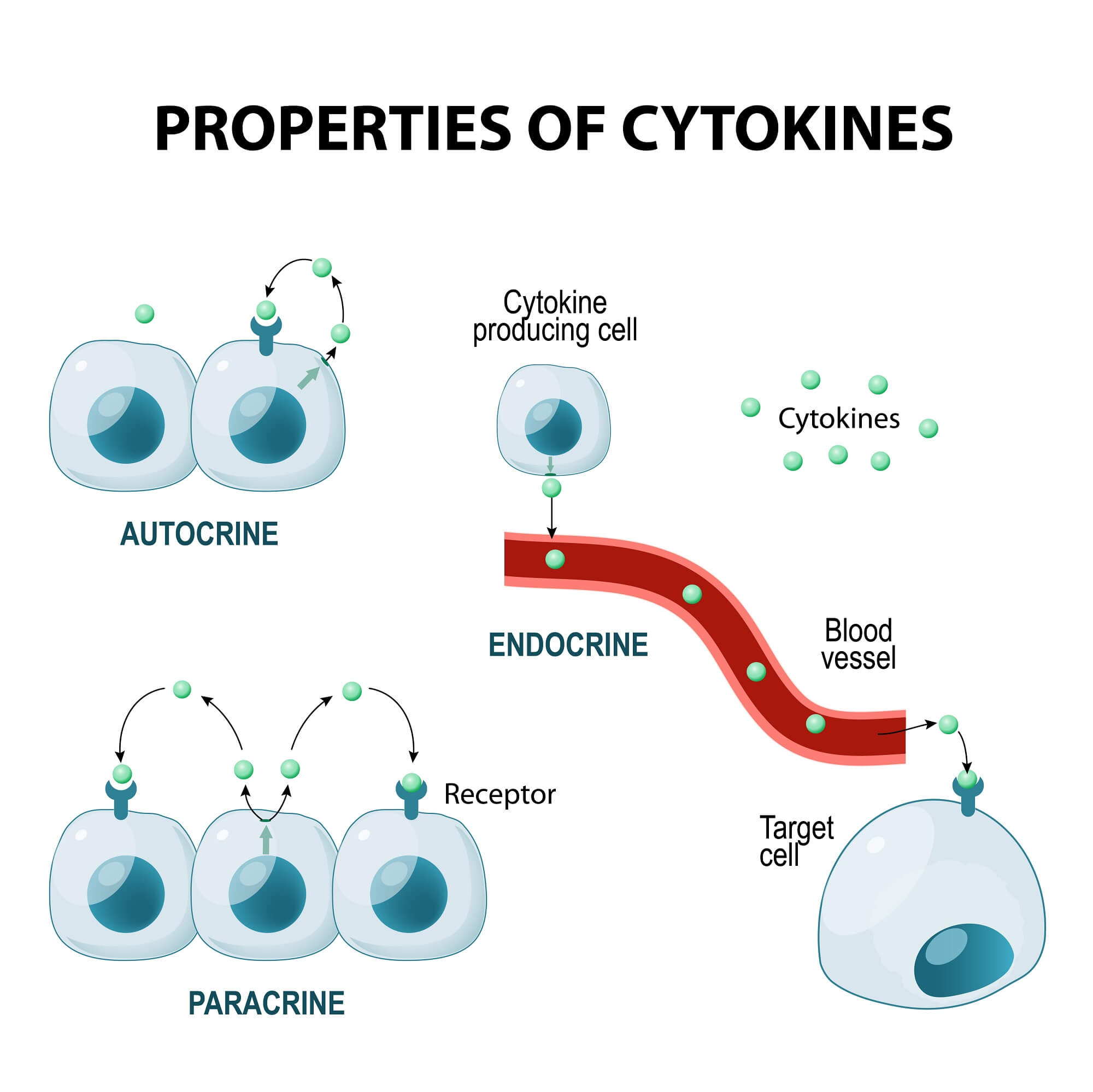
Some cytokines are known as "pro-inflammatory" meaning that they ramp up inflammation. It appears that peppermint oil can help reduce the impact of the pro-inflammatory cytokine interleukin 6 and thus help bring down inflammation.
But, as you will see in this section, the combination of white tea with peppermint was more effective at reducing the effects of pro-inflammatory cytokines; showing that combining herbal therapies might be able to produce a healing synergy!
The 2020 study in the European Journal of Biological Research(source 1) also investigated the anti-inflammatory ability of peppermint oil. Again, the study used Algerian peppermint essential oil with a menthol content of 53.29%.
To evaluate the in vivo (in a living organism) anti-inflammatory ability of this essential oil the study induced paw swelling in rodents. To create the swelling one experiment used carrageenan (made from seaweed).
The study gave the rodents peppermint oil orally 30 minutes before giving the carrageenan. Sodium diclofenac (a nonsteroidal anti-inflammatory drug: NSAID) was used as a reference drug.
Swelling inhibition values for 20 and 200 microliters of peppermint oil / kg of body weight produced swelling inhibition similar to those of the reference NSAID drug.
The study also caused ear swelling with xylene (an irritant chemical) on the rodents. Peppermint oil was used topically to treat the inflammation and it was found that this treatment produced significant anti-inflammatory activity.
A 2021 study in the Journal of the Science of Food and Agriculture(source 8) looked at how peppermint would influence experimental inflammation in mice. Additionally, the study tested white tea and also the combination of white tea and peppermint to see how these herbs would influence inflammation.
The study used a chemical called 12-O-tetradecanoyl phorbol-13-acetate (TPA) to induce ear swelling (edema) as an example of acute (acute responses happen suddenly) inflammation. Peppermint was unable to reduce swelling to the point of statistical significance. Yet, a combination of white tea and peppermint inhibited inflammation more than white tea or peppermint alone; thus indicating an enhanced effect from the combination of these remedies.
The study states that the pro-inflammatory cytokines (a cytokine is a type of protein produced by cells that has an effect on the immune system.(source 9)) like interleukin 1 beta (IL-1β), interleukin 6 (IL-6), and tumor necrosis factor aplpha (TNF-α) are an important part of the inflammatory process. The study tested how peppermint and white tea would affect the levels of these cytokines in the blood of mice.
Peppermint was able to reduce IL-6; but, IL-1β and TNF-α did not show a statistically significant reduction. In comparison, the combination of white tea and peppermint produced a stronger reduction in IL-6, IL-1β, and TNF-α. This showed that the combination of these herbs probably increased the anti-inflammatory effect by the reduction of these cytokines.
A 2013 study in the Scientific Journal of Kurdistan University of Medical Sciences(source 10) looked at how peppermint could influence inflammation.
Doses of 20, 40, 60, 90 and 120 mg / kg of body weight were used. The study found that all doses of peppermint extract showed significant anti-inflammatory effect on the ear inflammation induced by xylene in comparison to the control group.
The study also evaluated how peppermint reduced pain, and found doses above 20 mg / kg significantly reduced pain.
Claire Goodall’s Amazing Guide
Clair Goodall is a bee-obsessed, natural medicine convert from Minnesota (USA). And, she does keep bees!
Clair has created 350+ page book documenting how to replace the toxic products and medications in your home with healthier, all-natural alternatives.

The Potential Side Effects of Peppermint
Peppermint is a very safe herb, but there can be some complications when you use it; especially if you are using it at therapeutic doses or using the essential oil. Herbsey has an entiere article dedicated to this very topic. You can find it here: The Side Effects of Peppermint (and dosage guidelines).
Possibly one of the most common side effects that can occur when you take peppermint oil orally is heartburn. So if you have acid-reflux, or just want to avoid heartburn, make sure you take enteric-coated peppermint oil. This will help ensure the oil reaches the small intestines and survive the gastric acid of the stomach.
Other side effects include inducing menstruation, causing skin reactions, and possibly leading to certain oral conditions. Additionally, peppermint may interfere with how some drugs are metabolized by the body.
Heal Hemorrhoids Naturally in 48 Hours
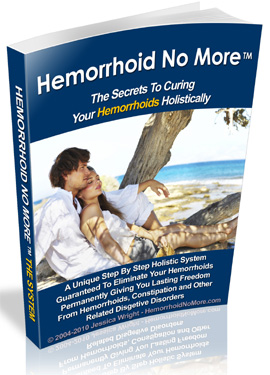
If you have tried "everything" to treat hemorrhoids, including surgery, but it didn’t work—your’re not alone. Jessica Wright experienced this same hardship due to hemorrhoids. But, with extensive research and understanding of natural medicine, she developed a solution to permanently end her hemorrhoids.
Jessica Wright wrote an entire book detailing exactly how to replicate her success. Also, it appears "Jessica Wright" is probably a pen name for a woman—and author—named Linda Allen. Linda suffered from recurrent yeast infections as well, maybe at the same time as she had hemorrhoids. She turned to natural medicine for answers when medical doctors and their solutions could not help.
Jessica’s story is one of severe and chronic hemorrhoids. It involves routine doctor’s visits, prescription medications / creams, significant suffering from hemorrhoids, and even a two hour hemorrhoids surgery (stapled hemorrhoidopexy). Yet, 12 years of these treatments didn’t resolve Jessica’s hemorrhoids.
Despite these setbacks, Jessica didn’t give up; instead, she turned to natural medicine and diligent research. Skipping to the end of Jessica’s story, she would develop a natural method to treat hemorrhoids that worked brilliantly.
After Jessica put together her treatment protocol and used it, she found her hemorrhoids completely disappeared. And, they stayed gone. Something her doctor was not able to do. Yet, all it took was the right natural therapeutic approach.
Jessica also gave her treatment approach to others; and, they experienced the same exceptional results. Typically, Jessica’s system provides dramatic relief of hemorrhoids in just 48 hours. And, the root cause of hemorrhoids is fixed within 30 to 60 days.
A company selling hemorrhoid symptom products does not want their customer base diminished. Consequently, unpatentable natural medicine does not get much attention or publicity.
So, how can you know if Jessica Wright’s claims are legitimate and not a scam? That is a great question. Here are 3 important reasons why Jessica’s book is legitimate:
- It is published by a large U.S. based company (Located in Idaho) known as ClickBank. ClickBank handles all the sales and refunds of many products like Jessica’s. They do business in many countries; and, have been in business for many years.
- ClickBank provides a 60 day, 100% money back guarantee on all their products, Jessica’s book included.
- If you are not satisfied with Jessica’s book you can simply contact ClickBank (they make it very easy) for a full refund.
Jessica’s story is more in-depth than this concise overview. And, there are additional bonuses Jessica provides with her book. If you’d like to find out more about Jessica’s personal story or her hemorrhoid treatment; you can learn more at Jessica Wright’s website.
About the Author
Nick Gross is a natural medicine enthusiast who has been researching and writing about natural medicine since 2008. Nick is primarily a web developer, but also researches and authors written and video content about natural health. Nick has a bachelor’s degree in Management Information Systems from the University of Northern Iowa.
More on Nick GrossImportant Disclosures & Disclaimers
It is important to use the information you find on Herbsey.com in the right way. Also for legal reasons, these disclaimers and disclosures are necessary. For further information about each, feel free to click the link provided to the page on this website that provides more information.
Medical Disclaimer
The information on this website is not a prescription for anyone. This information is for informational or educational purposes only, and is not a substitute for professional medical advice or consultations with healthcare professionals.
Advertisement Disclosure
Some of the links provided on this article and website are affiliate links. If you purchase a product after clicking on these links, Herbsey.com will earn a commission. Herbsey.com promotes various products through advertisement and text links. For more information: Our Advertisements.



